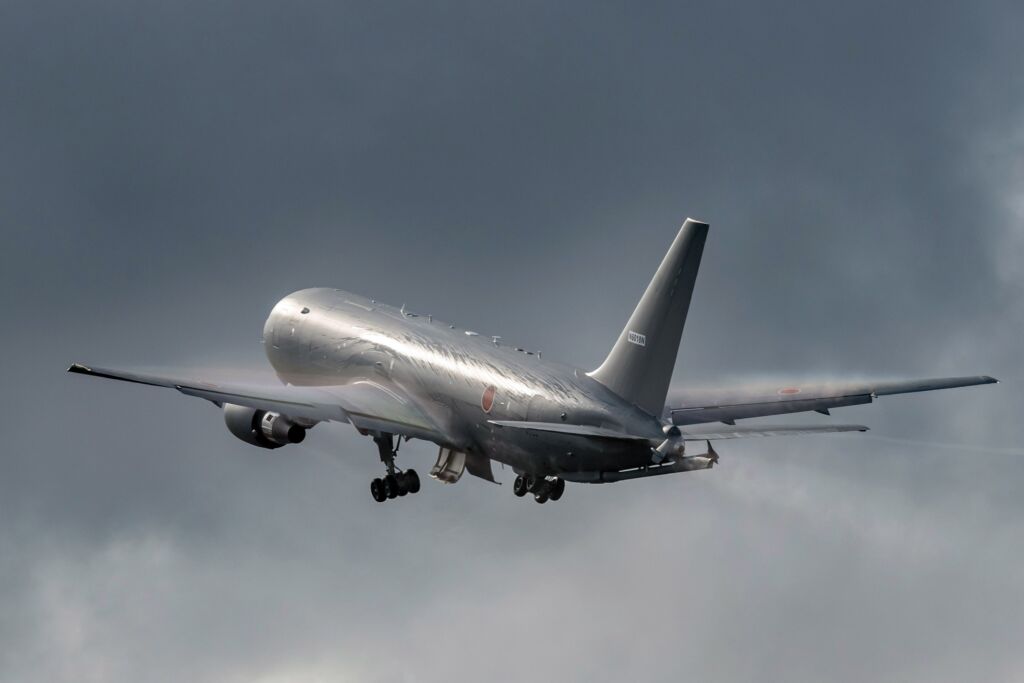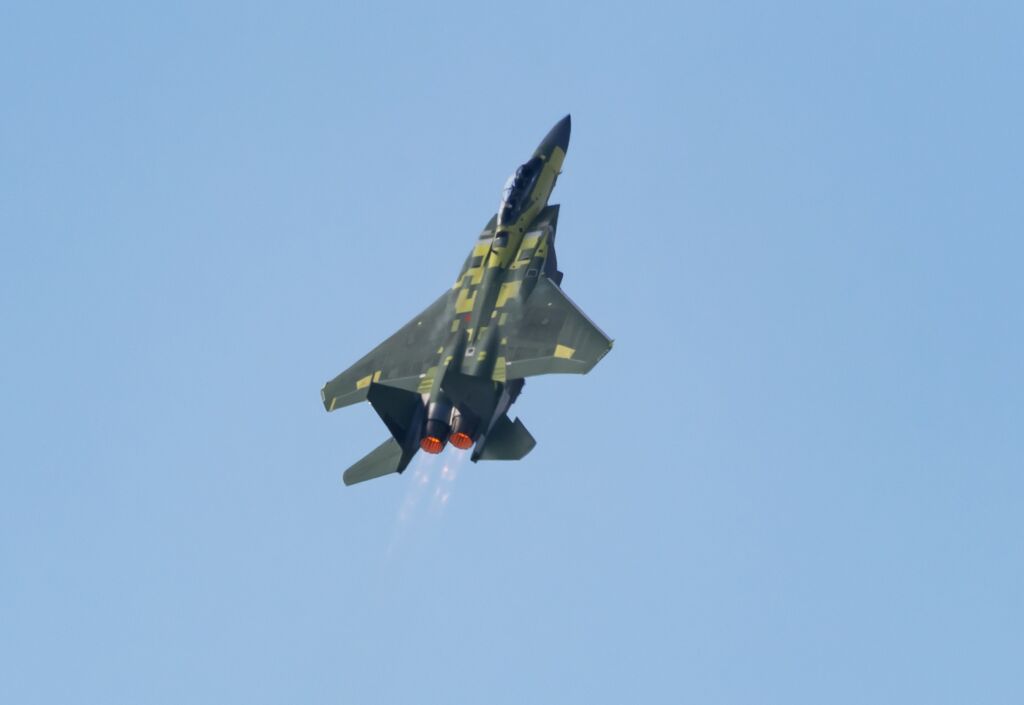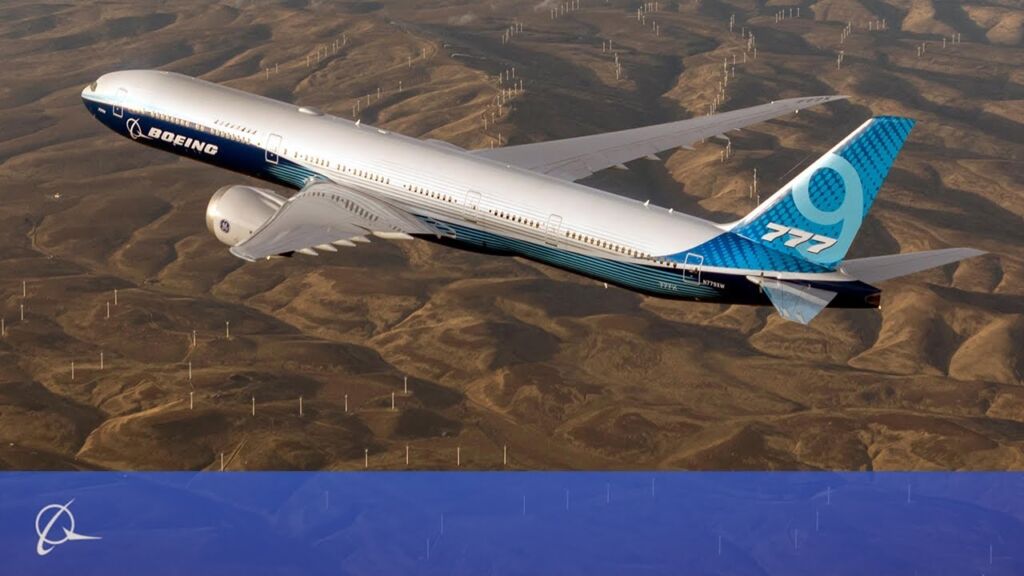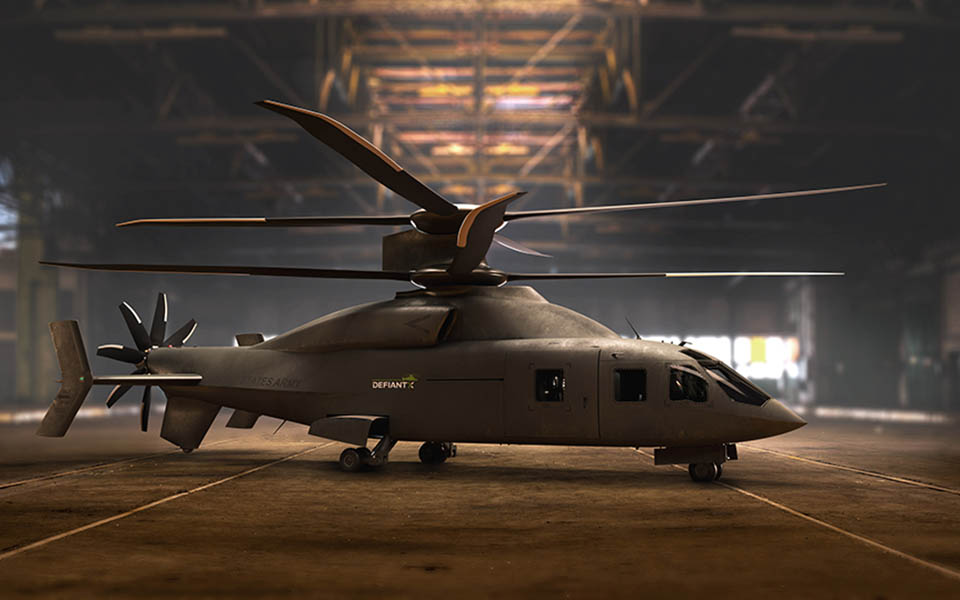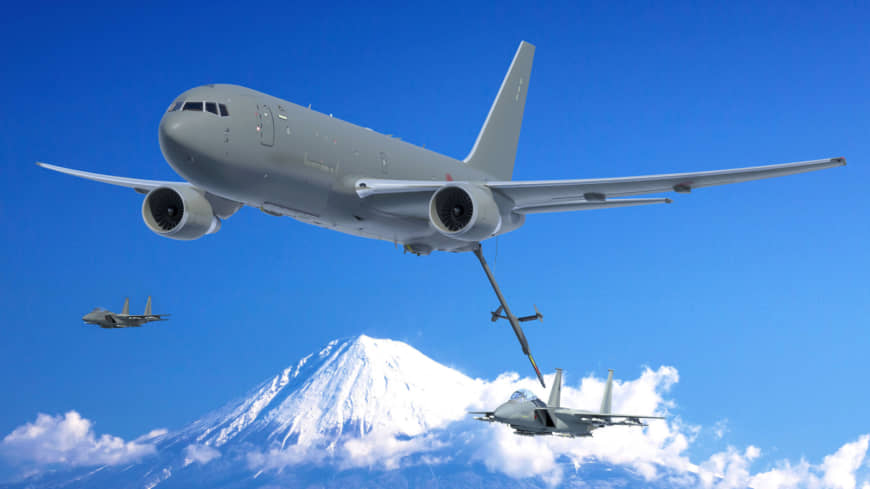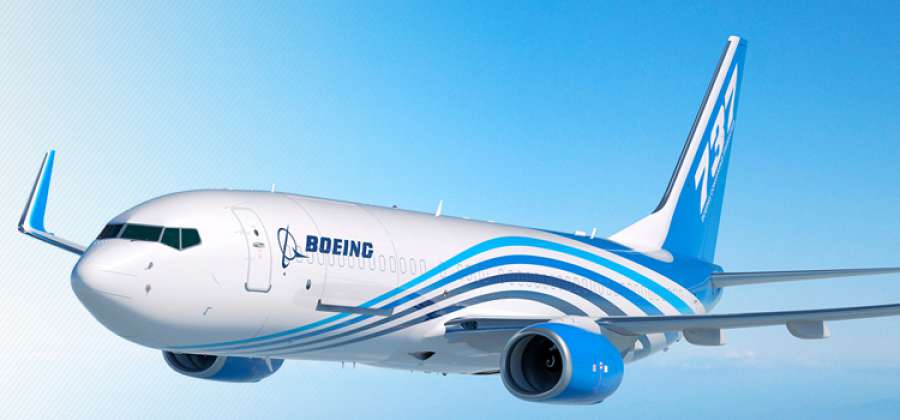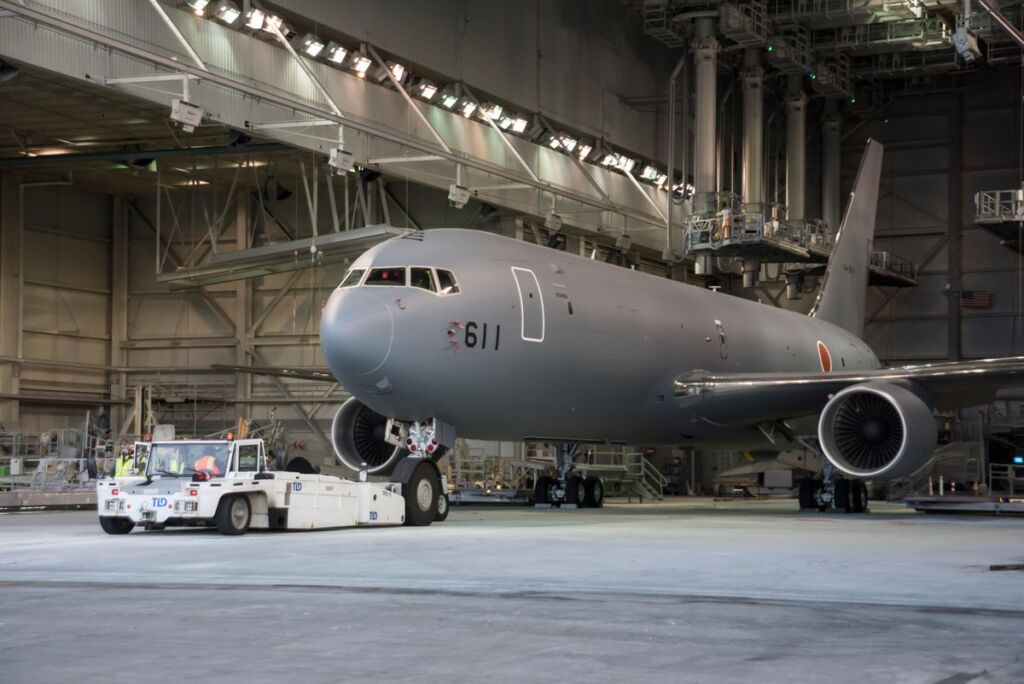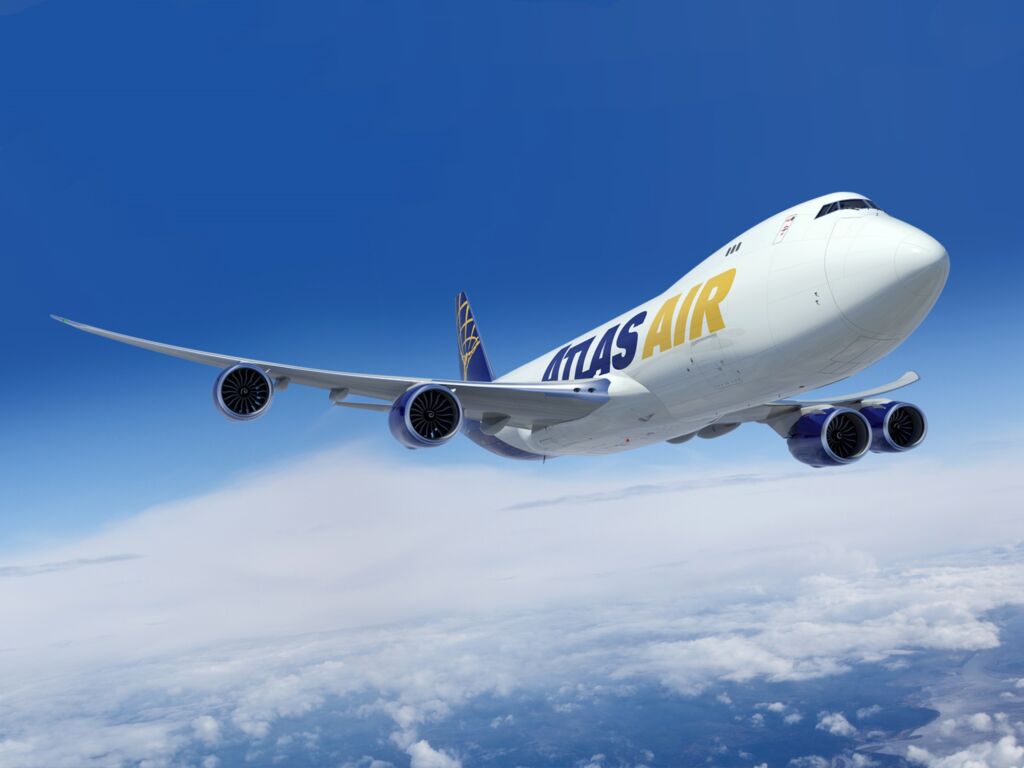Boeing’s First KC-46 Tanker for Japan Takes Flight
EVERETT, Wash., Feb. 9, 2021 – The first Boeing [NYSE: BA] KC-46 tanker destined for the Japan Air Self-Defense Force (JASDF) took to the skies on its maiden flight yesterday. This successful flight highlights an…
